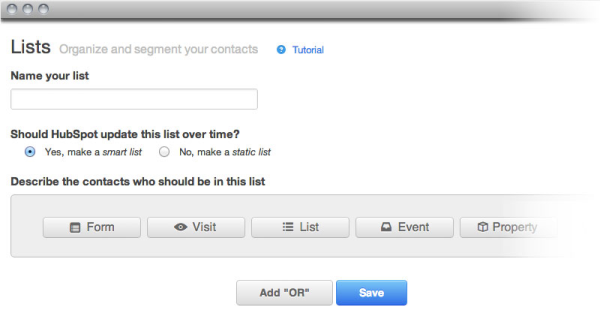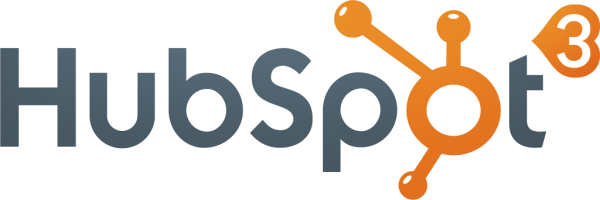
Because your business website is the representation of your company, it should convey the image your company wants to portray to your prospects, the principles you uphold and the quality of service your consumers expect.
Appearance and first impressions are brief but lasting reminders. Surely you wouldn’t want to give the wrong perception to your prospects by having unnecessary and irrelevant items on your company’s website. Either take responsibility, (or delegate / outsource the responsibility) to constantly update your business website to make sure that everything is relevant and useful for your marketing strategies.
In an article written by Randy Milanovic, he mentioned a number of things that shouldn’t be seen on your website anymore. Here are a few examples:
- Old bios, images and product descriptions
These include everything from executive bios for members of the company who have moved on to product shots from the ’70s. If who you are and what you sell isn't accurately reflected on your website, what does that tell your buyers?
You have to make sure that the data you post on your website is accurate. From the bios of your executives and staff, to the details of each product and every service your company offers. - Prices that aren’t accurate anymore
Besides the fact that incorrect pricing can lead to all kinds of legal liabilities, lost sales and hits to your profit margin - having the wrong prices for your products or services also put you at a disadvantage with your competitors.
Your customers and clients surely wouldn’t want to think they’ve been fooled with incorrect pricing. The price certainly plays a big part in the whole buying process, so be sure to reflect the correct price of your products and services. - Products or services that are no longer being offered
It's a bad idea to have pages for things you no longer sell, since it inevitably leads to requests that can’t be honored. That in turn, is one of the surest ways to negative reviews and a poor online reputation.
It is a waste of space to have pages dedicated to products and services that you can no longer provide your consumers. Not only will that irritate your prospects, it will also send a signal of being incompetent that you can’t maintain a functional website.
You can find out more about things that shouldn’t be on your business website when you read his full article entitled, “What is on Your Business Website That Shouldn't be?”
Remember, you don’t want to give your prospects the wrong impression, so keep in mind to always update your business website. It should be a continuous process to ensure your website conveys what you intend to reflect and communicate to your prospects and to your customers.









